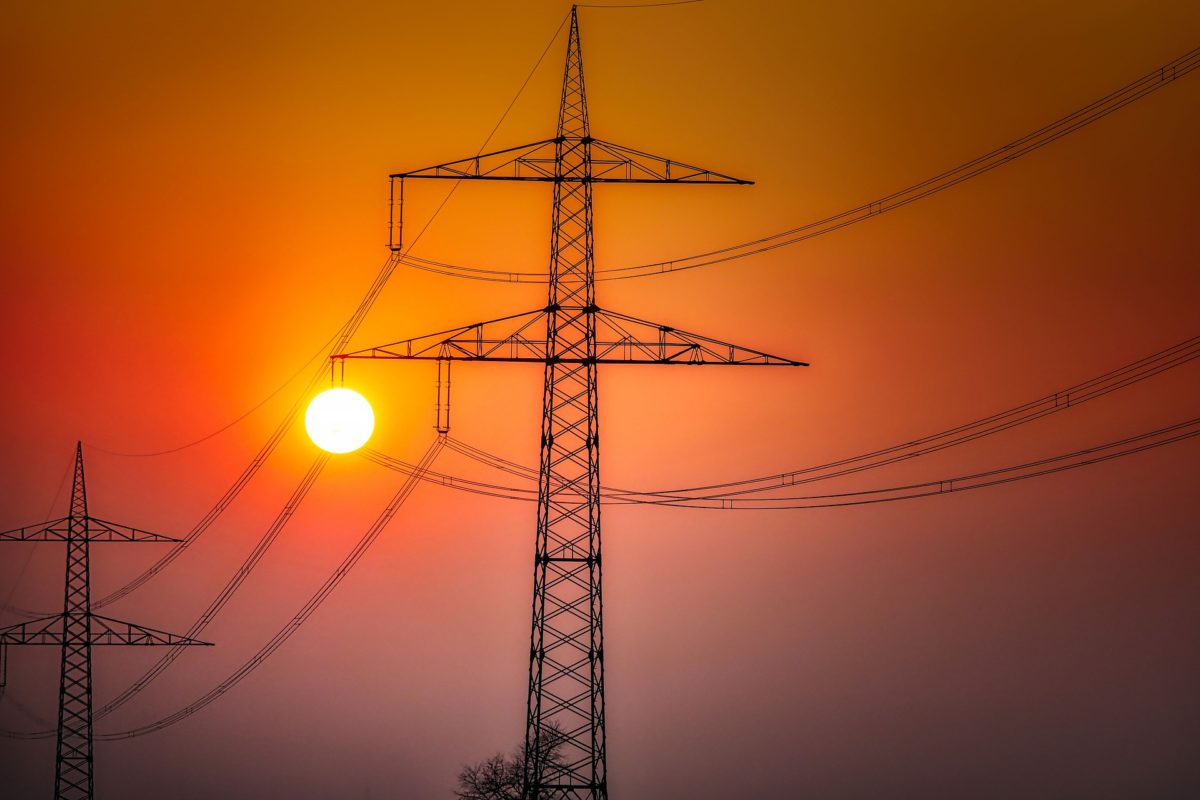The solar prices Entergy Arkansas used in its resource plan are too high, said a stakeholder group report, as the utility buys power from a 100 MW solar plant at a price “nearly 40% lower” than the solar costs used in its resource plan. The group also cited similar low solar costs in Georgia and Kentucky.
And although Entergy is building a solar and battery hybrid project, the group said the utility did not model solar-battery hybrids in developing its plan. “This is a mistake,” the group said, pointing to the federal tax credit for battery storage charged by solar power, the added capacity value of pairing solar with storage, and the decision of a New Mexico utility to replace a coal plant with solar and storage hybrids.
The stakeholder group consists of solar firms Stellar Sun and Scenic Hill Solar, trade groups Southern Renewable Energy Association and Arkansas Advanced Energy Association, and four nonprofits: Union of Concerned Scientists, Alliance for Affordable Energy, Sierra Club, and National Audubon Society.
The utility told stakeholders that its planning model could select both solar and battery resources “if a combination is the most economic resource alternative,” and that “once a specific need is determined,” the utility would consider factors such as co-location and the potential for a battery to receive a federal tax credit. The utility’s base case includes 2.4 GW of “solar + battery” capacity, with installations beginning in 2032.
The stakeholder report asked the utility to “continuously improve its resource planning process.”
Entergy plans to add 300 MW of solar and 200 MW of wind by 2025 under its preferred “Sensitivity Portfolio 4.” Those amounts reflect the utility’s existing renewables RFP, said Simon Mahan with Southern Renewable Energy Association, a stakeholder group member.
Yet “Sensitivity Portfolio 4 isn’t very good,” said Mahan. He favors Sensitivity Portfolios 1, 2, and 3, which would add comparable amounts of renewables by 2029, and also shut down coal plants earlier, as shown in an Entergy slide deck. All of the sensitivity portfolios would omit a 650 MW gas unit that’s included in the utility’s base case scenario.
The earliest coal unit retirements would come under Sensitivity Portfolio 1, which Entergy found would cost $6 million more than its base case scenario. “That $6 million, though, assumes the higher priced wind and solar resources,” Mahan said, “so they didn’t get it right.”
While cost should be the “primary” concern in selecting a preferred portfolio, the stakeholder group said the utility should also “evaluate and score” the public health impacts of each portfolio.
The stakeholder group’s report was included as an appendix of the utility’s resource plan.
Entergy Arkansas used the Aurora capacity expansion model to prepare its resource plan. The utility serves 722,000 customers across 63 of Arkansas’s 75 counties. Its parent firm also operates Entergy utilities in Texas, Louisiana, New Orleans, and Mississippi.
This content is protected by copyright and may not be reused. If you want to cooperate with us and would like to reuse some of our content, please contact: editors@pv-magazine.com.








By submitting this form you agree to pv magazine using your data for the purposes of publishing your comment.
Your personal data will only be disclosed or otherwise transmitted to third parties for the purposes of spam filtering or if this is necessary for technical maintenance of the website. Any other transfer to third parties will not take place unless this is justified on the basis of applicable data protection regulations or if pv magazine is legally obliged to do so.
You may revoke this consent at any time with effect for the future, in which case your personal data will be deleted immediately. Otherwise, your data will be deleted if pv magazine has processed your request or the purpose of data storage is fulfilled.
Further information on data privacy can be found in our Data Protection Policy.